Carolyn Mary Kleefeld – Contact Us
Please fill out form as completely as possible so we can contact you regarding your request.
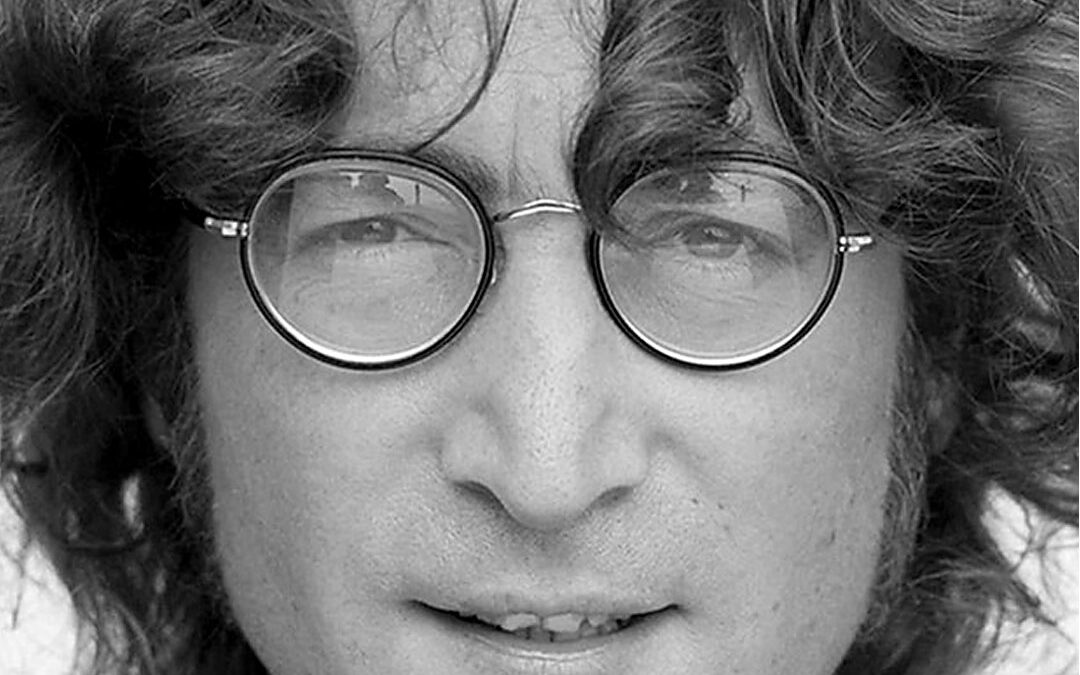
Carolyn and I both enjoy John Lennon’s powerful and magical songs and have been inspired by his life. Born in Liverpool, England in 1940, Lennon achieved international fame as a singer, songwriter, musician, visual artist, and peace activist. He is best known as the founder, co-songwriter, co-lead vocalist, and rhythm guitarist of The Beatles, which is regarded as the most influential rock band of all time, and Lennon’s songwriting partnership with Paul McCartney remains the most successful in music history.
Lennon had a difficult childhood. His mom died when he was a teenager, he failed his pre-university examination in school, and he was known for his rebellious nature. However, he was accepted into the Liverpool College of Art after his aunt and headmaster intervened on his behalf. At the age of 15, Lennon formed a folk music band called The Quarrymen with several school friends. At The Quarrymen’s legendary second performance, Lennon met fellow musician Paul McCartney, who had also lost his mother as a boy and asked him to join the band. The Quarrymen evolved into The Beatles in 1960, with George Harrison and Ringo Starr.
Lennon’s top-of-the-chart songs about peace and love were adopted as anthems by the anti-war movement and the counterculture of the 1960s. In 1969, to many people’s dismay, Lennon quit The Beatles to embark on a solo career. That same year he started the Plastic Ono Band with his second wife, multimedia artist Yoko Ono, and they collaborated on many songs over the years. Lennon composed the song Come Together, as a campaign song when Timothy Leary announced that he was running for governor of California in 1969, and Lennon and Ono held nonviolent protests against the Vietnam War, called “the Bed-ins for Peace.”
Lennon was also an author and visual artist. In the mid-1960s, he wrote In His Own Write and A Spaniard in the Works, two collections of creative writings and line drawings. A beautiful selection of his delightful drawings, which have a Zen-like quality in their simplicity and elegance, can be found in the book, John Lennon: The Collected Artwork.
Lennon’s songs tap into something deep within the human spirit and have broad appeal across generational and cultural boundaries. He recorded 12 albums with The Beatles, and eight albums afterward. As a performer, writer, and co-writer, Lennon had 25 number-one singles on the Billboard Hot 100 Chart, and he received numerous awards, including the 1981 Grammy Award for Album of the Year, for his best-selling album Double Fantasy.
Lennon died tragically in 1980 when he was shot outside his Manhattan home, but his music and spirit live on. In 1997 he was inducted into the Songwriters Hall of Fame and the Rock and Roll Hall of Fame twice, as a member of The Beatles in 1988, and as a solo artist in 1994. A year after Lennon died, his song Imagine hit number one in the U.K., and his song Happy Xmas peaked at number two in the charts.
Some quotes that John Lennon is remembered for include:
Count your age by friends, not years. Count your life by smiles, not tears.
There are two basic motivating forces: fear and love. When we are afraid, we pull back from life. When we are in love, we open to all that life has to offer with passion, excitement, and acceptance. We need to learn to love ourselves first, in all our glory and our imperfections. If we cannot love ourselves, we cannot fully open to our ability to love others or our potential to create. Evolution and all hopes for a better world rest in the fearlessness and open-hearted vision of people who embrace life.
I believe in everything until it’s disproved. So I believe in fairies, myths, and dragons. It all exists, even if it’s in your mind. Who’s to say that dreams and nightmares aren’t as real as the here and now?
When I was 5 years old, my mother always told me that happiness was the key to life. When I went to school, they asked me what I wanted to be when I grew up. I wrote down ‘happy’. They told me I didn’t understand the assignment, and I told them they didn’t understand life.
Everything will be okay in the end. If it’s not okay, it’s not the end.
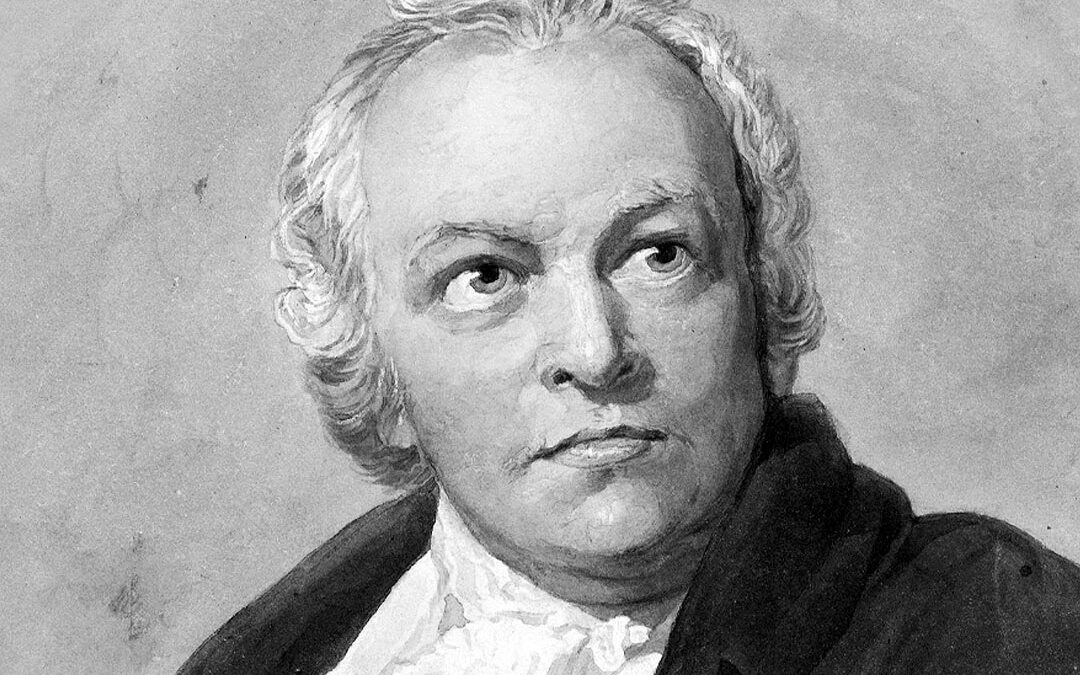
Carolyn and I both appreciate William Blake’s divinely inspired artwork and magnificent poetry.
Born in London in 1757, Blake was an English poet, painter, prophet, and printmaker known for his extraordinary visionary paintings, lithographs, drawings, and numerous volumes of beautiful mystical poems.
Blake attended school just long enough to learn how to read and write. He read widely on his own and was exposed to many bound books and prints by his parents. At the age of ten, his parents arranged for him to take drawing classes, and he went on to become a professional engraver. In 1779 he enrolled as a student at the Royal Academy of Arts in London, where he studied for six years.
From a young age, and throughout his life, Blake claimed to see visions of a spiritual nature. The visions were often associated with religious themes and imagery; he claimed to see angels too. As a Romantic artist and poet, Blake stressed the primacy of individual imagination and inspiration to the creative process. He believed that imaginative insight was the only way to remove the veil of rational thought that obscures the true nature of reality, claiming that “If the doors of perception were cleansed everything would appear to man as it is, infinite. For man has closed himself up, till he sees all things thro’ narrow chinks of his cavern.”
Blake’s extraordinary paintings depict powerful biblical and literary scenes, glorious angels, and radiant illuminated beings, while his poems speak out against social injustices and express mystical visions. Blake illustrated his poems and created beautiful books, such as Songs of Innocence and Songs of Experience, by integrating writing and painting into a single creative process and using innovative production techniques that combined image and text in single compositions.
Blake’s spiritual visions and insights were central to his creativity, and in his work, he created a complex and unique mythology, with a pantheon populated by deities such as Orc, Urizen, and Enitharmion. Blake illustrated spectacular grand narratives of his own design that were played out in a universe that seemed to exist in a separate reality.
Blake didn’t have it easy. His contemporaries considered him insane, and his lack of commercial success meant he lived in relative poverty. But today he is appreciated as a seminal figure in the history of poetry and visual art of the Romantic Age. Blake died in 1827, with his beloved wife by his side.
Some quotes that William Blake is remembered for include:
To see a World in a Grain of Sand
And a Heaven in a Wild Flower,
Hold Infinity in the palm of your hand
And Eternity in an hour.
The man who never alters his opinion is like standing water, and breeds reptiles of the mind.
The tree which moves some to tears of joy is in the eyes of others only a green thing that stands in the way. Some see nature all ridicule and deformity… and some scarce see nature at all. But to the eyes of the man of imagination, nature is imagination itself.
Tyger! Tyger! burning bright
In the forests of the night,
What immortal hand or eye
Could frame thy fearful symmetry?
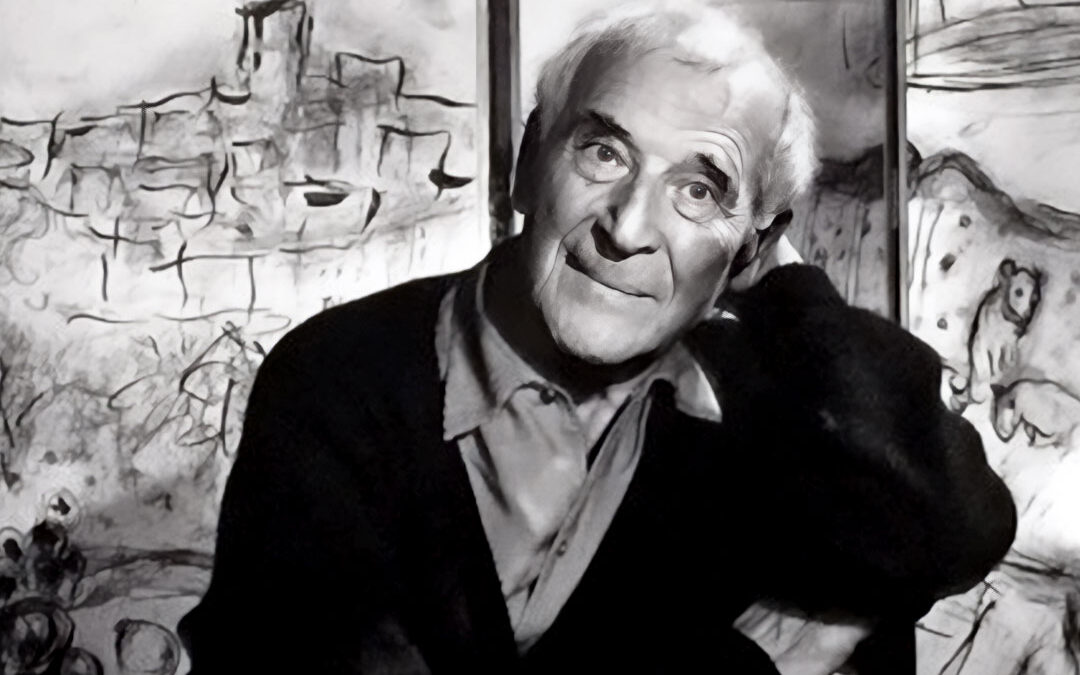
Marc Chagall was born Moishe Shagal in 1887. He was born into a devoutly Jewish Lithuanian family in Belarus, which was a part of the Russian empire, and throughout his life he lived in Russia, France, and the United States.
In 1907 Chagall went to St. Petersburg, Russia to study painting and drawing, and he relocated in Paris as a teenager, to develop his artistic style. During the late 19th and early 20th centuries, the modernism movement strove to create forms of art that reflected the newly emerging industrial world, and Chagall experienced modernism’s “golden age” in the City of Lights.
Chagall is considered a pioneer of modernism, as well as a major Jewish artist. His artwork has been associated with a number of different styles, and he created works in a wide range of mediums, including painting, drawing, stained glass, book illustration, stage sets, ceramics, and tapestries. Some of the recurring themes in Chagall’s paintings include village scenes, peasant life, musicians, dancing, and circuses, with romantic and spiritual overtones.
In the late 1950s, Chagall learned the art of creating with stained glass, and he designed a number of windows at different international locations, including the Cathedral of Metz in France and the United Nations building in New York. Chagall’s gorgeous stained-glass windows are enchantingly beautiful, as the medium’s capacity for brilliant color seems perfectly suited for his celestial and religious imagery.
Chagall’s paintings are housed in a variety of locations around the world, including the Musée Marc Chagall in Nice, France, which Chagall helped to design. Throughout his 75-year career, Chagall produced an astonishing 10,000 works, with dozens of notable paintings. Chagall died in France in 1985. After he died, a stranger said the Jewish prayer for the dead (the kaddish) over his coffin. Chagall is remembered as a great pioneer of modern art and one of its most brilliant figurative painters.
Carolyn created a tribute to Chagall with her painting After Chagall. Many people have stated that Carolyn’s art reminds them of Chagall’s work.
Some quotes that Marc Chagall is remembered for include:
Great art picks up where nature ends.
If I create from the heart, nearly everything works; if from the head, almost nothing.
In our life there is a single color, as on an artist palette which provides the meaning of life and art. It is the color of love.
Color is all. When color is right, form is right. Color is everything, color is vibration like music; everything is vibration.
In the arts, as in life, everything is possible provided it is based on love.
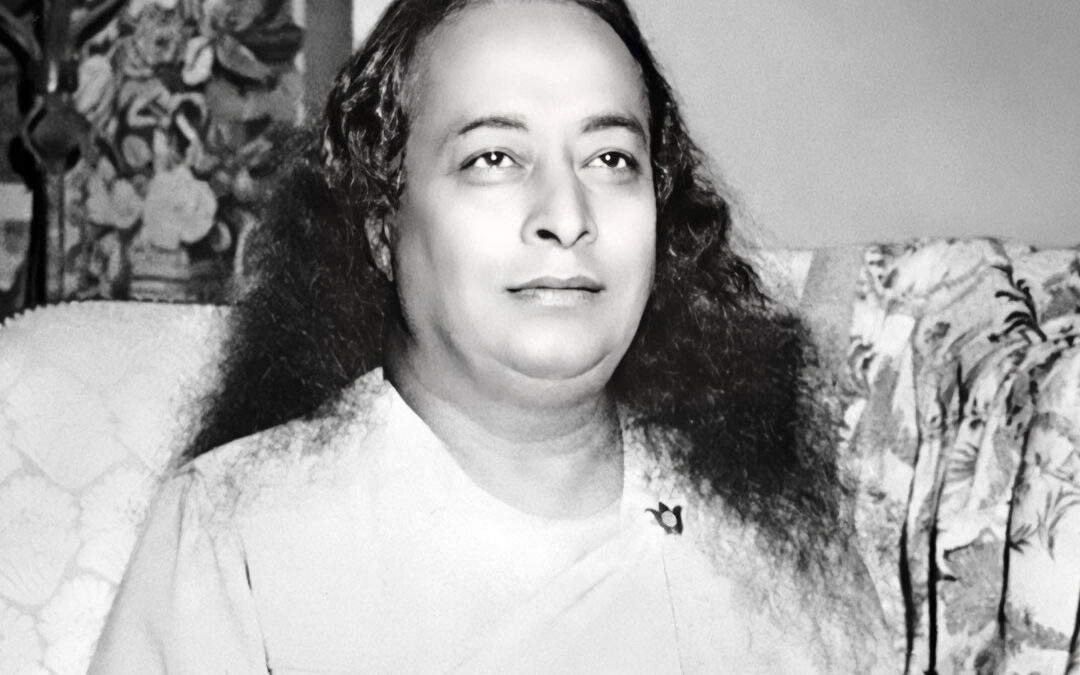
Carolyn urged me to read the Autobiography of a Yogi for years before I finally read it. However, after reading Yogananda’s spiritual classic it became one of my favorite books and I’ve reread it numerous times. It’s an amazing story. There’s no other book quite like it; it’s a wildly entertaining page-turner, overflowing with magnificent tales of incredible miracles and profound Eastern wisdom.
Born in India in 1893, Paramahansa Yogananda was a Hindu monk, yogi, and beloved guru, who introduced millions of people to the teachings of meditation and Kriya Yoga and is considered one of the pioneering fathers of Yoga in the West.
In India, Yogananda was a chief disciple of the Bengali Yoga guru Swami Sri Yukteswar Giri. While meditating one day in 1920 at his Ranchi school, Yogananda had a vision where he saw a multitude of American faces pass before his mind’s eye. He took this vision as a sign that he would travel to America, and soon afterward he accepted an offer to come to speak in Boston.
Yogananda left for the United States that year to spread the teachings of Yoga in the West, to demonstrate the unity between Eastern and Western religions, and to help promote a balance between Western material growth and Indian spirituality. Yogananda’s talk in Boston was well received and he soon embarked on a cross-country speaking tour. Thousands of people came to his lectures, and he attracted a number of celebrity followers, including Clara Clemens Gabrilowitsch, Mark Twain’s daughter.
In 1925 Yogananda founded the Self-Realization Fellowship in Los Angeles, which became the spiritual and administrative center of his growing international organization, and it continues to disseminate his teachings to this day. Yoganada’s worldwide influence has been quite substantial; by 1952, his organization had over 100 centers in both India and the U.S., and today they have groups in nearly every major American city.
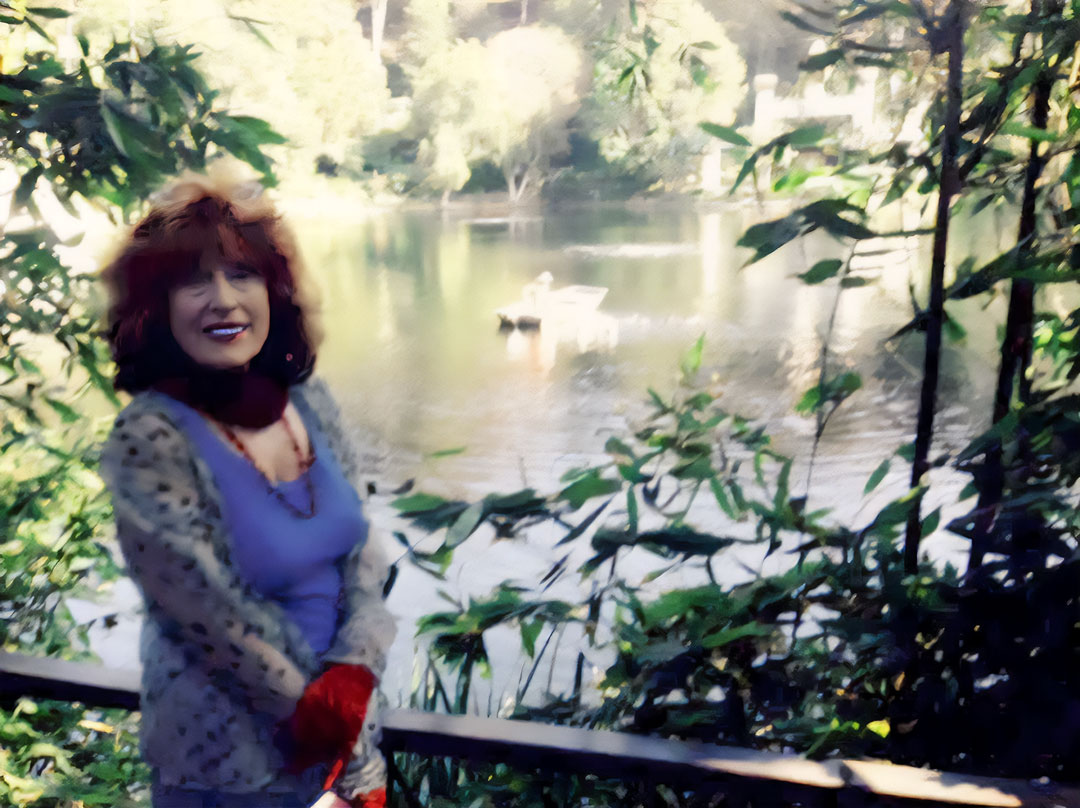
Yogananda’s book, Autobiography of a Yogi, which was published in 1946, has remained continuously in print, sold over four million copies, and has been translated into over fifty languages. Former Apple CEO Steve Jobs loved Yogananda’s book so much that he ordered 500 copies of it for his own memorial, so each guest could take home a copy.
Yogananda was the first prominent Indian citizen to be hosted in the White House, by President Calvin Coolidge in 1927, and the Indian government released a commemorative stamp in his honor in 1977. Yogananda’s great popularity led to him being dubbed “the 20th century’s first superstar guru” by the Los Angeles Times in 2006.
Some quotes that Yogananda is remembered for include:
Live each moment completely and the future will take care of itself. Fully enjoy the wonder and beauty of each moment.
Be as simple as you can be; you will be astonished to see how uncomplicated and happy your life can become.
You may control a mad elephant; You may shut the mouth of the bear and the tiger; Ride the lion and play with the cobra; By alchemy you may learn your livelihood; You may wander through the universe incognito; Make vassals of the gods; be ever youthful; You may walk in water and live in fire; But control of the mind is better and more difficult.
Kindness is the light that dissolves all walls between souls, families, and nations.
Forget the past, for it is gone from your domain! Forget the future, for it is beyond your reach! Control the present! Live supremely well now! This is the way of the wise…

Dylan Thomas was a brilliant Welsh poet and writer whom Carolyn and I both admire, who has been acknowledged as one of the most important poets of the 20th century. His iconic poems— which include such masterpieces as “Do not go gentle into that good night” and “And death shall have no dominion,” are known for their acute use of lyricism, imagery, and emotion. Although influenced by the Romantic tradition, Thomas’ refusal to align with any literary group or movement has made his work difficult to categorize and ever more important.
Self-described as a “roistering, drunken and doomed poet,” Dylan Thomas lived a short life; he died at the age of 39, but packed a lot of creative output into those years. Thomas dropped out of school at sixteen, in 1930, to become a junior reporter for the South Wales Daily Post, but left this job two years later so that he could concentrate full-time on his poetry. Thomas wrote 200 poems between 1930 and 1934 when he was in his late teens and had nine volumes of poetry and ten volumes of prose published. Even though Thomas was recognized as a great poet during his lifetime, he had difficulty earning a living as a writer and augmented his income with reading tours and radio broadcasts.
Dylan Thomas became a pop star among poets, known for his dramatic poetry readings, and he had as many fans of his live performances as readers of his published poems. Many people have been inspired by his powerful poetry. Poet Sylvia Plath has said that Thomas was one of her most important influences, and singer-songwriter Bob Zimmerman renamed himself “Bob Dylan,” because he was so inspired and influenced by Dylan Thomas. Lovers of Thomas’ extraordinary work celebrate every year on May 14th, which is International Dylan Thomas Day.
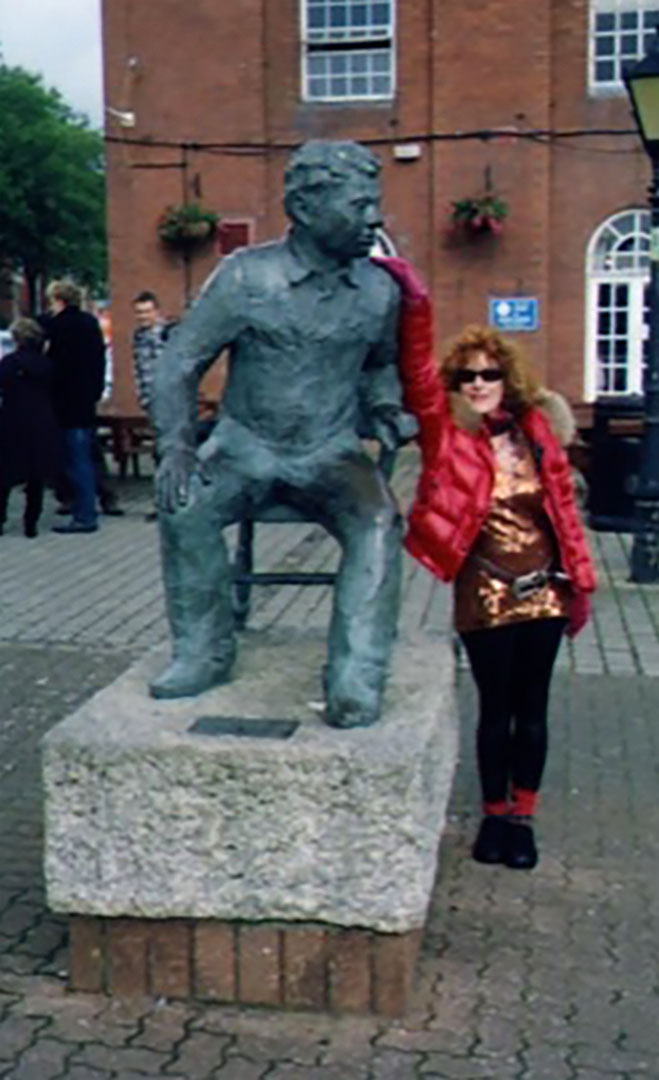
Our beloved friend Peter Thabit Jones, who is a scholar and poet, wrote a wonderful book, Dylan Thomas: Walking Tour of Greenwich Village. Jones’s book serves as a self-guided tour of ten places in Greenwich Village, New York, associated with Thomas, and it contains a foreword by Hannah Ellis, the granddaughter of Dylan Thomas.
Some quotes that Dylan Thomas is remembered for include:
When one burns one’s bridges, what a very nice fire it makes.
Do not go gentle into that good night, Old age should burn and rave at close of day; Rage, rage against the dying of the light.
A good poem is a contribution to reality. The world is never the same once a good poem has been added to it. A good poem helps to change the shape of the universe, helps to extend everyone’s knowledge of himself and the world around him.
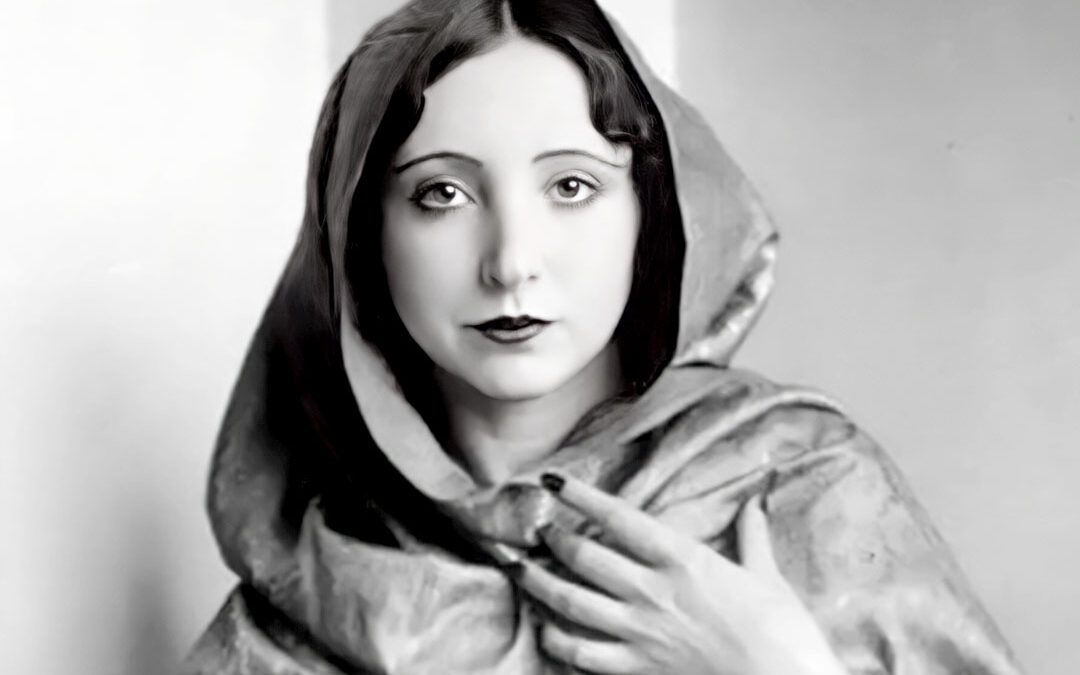
I first started enjoying Anaïs Nin’s erotic stories when I was in my early twenties, and I was intrigued by the encounters with Henry Miller that she described in her diaries. (Henry Miller is another author that Carolyn and I both admire, and who will be the subject of a future profile.) When I first met Carolyn we discussed Nin’s writings, and I was most interested to learn that Carolyn had met and corresponded with Nin years earlier.
Born in France, Anaïs Nin lived from 1903 to 1977 in major European and American cities during culturally vibrant times, where she recorded her personal encounters with many brilliant and creative minds. Nin spent her early years growing up in Spain and Cuba and then lived in Paris, New York, and Los Angeles. Nin was known for her prolific and varied writings that included celebrated essays, novels, and short stories, as well as her seven published volumes of diaries, and revolutionary volumes of erotica.
When Nin was in her late twenties, she developed a strong interest in psychoanalysis and studied it in depth— with René Allendy and Otto Rank— both of whom also became lovers, as she recounts in her diaries. Nin famously kept detailed journals of her private thoughts and intimate relationships, from the age of eleven until the end of her life. Many of these diaries were published during her lifetime and remain in print to this day. The revealing diaries that she kept included descriptions of her personal relationships with many well-known literary figures and intellectuals, such as John Steinbeck and Gore Vidal, and have unique historical value.
Some of the quotes that Anaïs Nin is remembered for include:
We don’t see things as they are, we see them as we are.
And the day came when the risk to remain tight in a bud was more painful than the risk it took to blossom.
Life shrinks or expands in proportion to one’s courage.
Nin has been lauded by critics for being one of the first and finest writers of women’s erotica, and much of her passionate, taboo-breaking work was published posthumously amid renewed critical interest in her life and work that continues to this day.